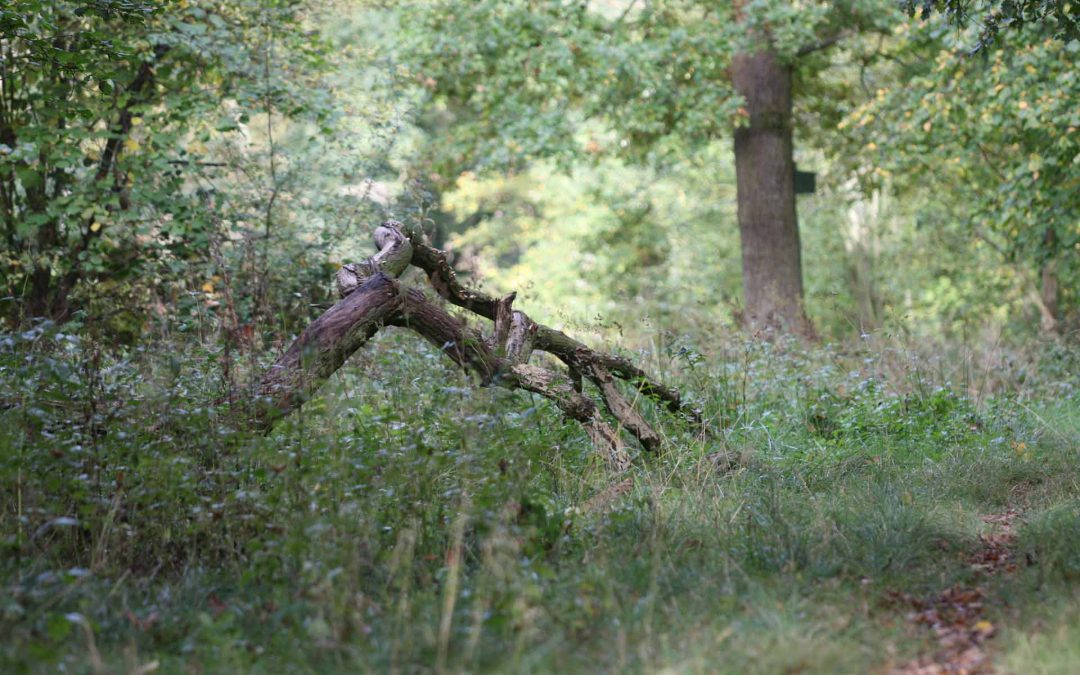Traditionally managed meadows and wood with rich, varied ground flora.
Tortoiseshell Wood is a fine example of Kesteven boulder clay primary woodland. The calcareous clay gives rise to a rich and varied ground flora. There is a typical three-layer coppice-with-standards structure. The predominant standard trees are oak and ash. The coppice consists of ash, hazel and field maple. Some of the oaks are over 150 years old and are exceptionally fine specimens. The wood is notable also for the large number of fine wild service trees.
In spring and early summer the ground flora is dominated by carpets of bluebell and dog’s mercury, with large scattered clumps of primrose, wood anemone and several species of violet. Enchanter’s-nightshade, sweet woodruff, yellow archangel, ramsons, wood-sorrel, wood melick, wood millet, sanicle, herb-Paris, twayblade, butterfly-orchid and early-purple orchid are all to be found. Among birds are green and great spotted woodpeckers, nightingale and nuthatch – a rare species in Lincolnshire confined largely to the south-west corner of the county. Fallow deer are frequently seen in the wood.
Traditional coppice management on a 15 to 20-year rotation is being perpetuated in the main central part of the wood, while the eastern side and the perimeter are managed as high forest.
MEETING REPORT
Sophie Hawkridge of Lincolnshire Wildlife Trust showed a group of RNHS members round this interesting wood and its adjoining fields. The weather forecast was bad (the temperature reached about 4 °C) but the sun shone fitfully, and the shelter of the wood and the ‘ant-hill’ pasture was even more appreciated on meeting the icy wind again on the way back.
All of this area is SSSI; the wood has belonged to LWT since 1972, and the fields added on in later years. Sophie brought along a map showing that the wood had very much the same boundary bank in 1902, when it also had a small cottage probably belonging to its keeper (she showed us his well). It was subdivided into coppice compartments (Sophie – is this the correct term, or is there a Lincs/Eastern term?) but there is no evidence of coppice banks, and probably the keeper kept the plan.
We parked in the field and walked alongside the hedge through two fields to reach the wood. There were violets, lesser celandines, primroses, cowslips and Dog’s Mercury on the way, and a number of huge worms sprawled across the path.
Inside the wood there were many coppiced trees along with standards, and some areas fenced off (to allow coppice regrowth). We often heard the sound of muntjac barking, and saw nuthatches, chiffchaffs, coal tits and heard the yaffling of green woodpeckers. The skull of a deer (?) was found. Inside the wood there were stretches of wood anemones (struggling to open in the cold) and bluebells, as well as wild garlic, wild strawberry, and the earlier flowers seen. Leaves were just about emerging on oak, ash, hazel and field maple, and the flower carpet below was lovely in the sunshine.
We stopped by the pond which had been excavated a few years earlier, and found a newt (briefly), greater water boatmen, pond skaters, a diving beetle and a whirligig beetle.
We left the wood via the third field, old pasture full of ant hills, and evidence of green woodpeckers, various sorts of fungi, patches of lesser celandines – a delightful place.
Many thanks to Sophie for showing us round, it was an excellent morning.
